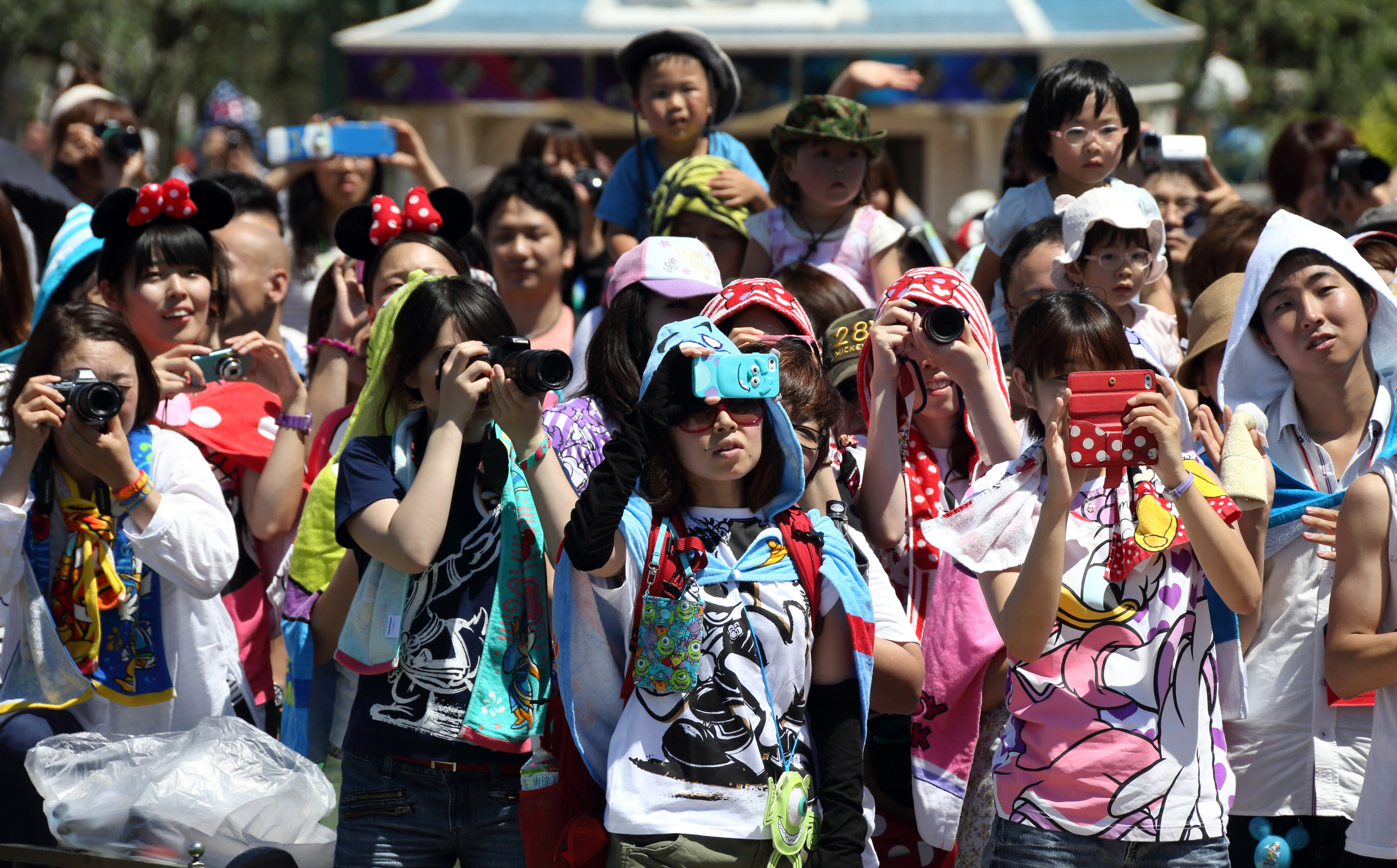Pronunciation-wise, the Japanese リゾート (rizōto, resort) sounds almost exactly like the Italian rice dish, but let's leave that aside for now.
The Japanese resort is a fairly new phenomenon, having made its debut in the 1980s when the nation was flush with cash and the so-called デベロッパー (deberoppā, real estate developers) were chewing up huge swaths of pristine land on the coasts and spitting them out as hotels and amusement parks, or plowing through gorgeous forests and converting them into ゴルフ場 (gorufujō, golf courses). And then the Japanese were told to spend their precious few days of summer vacation on such places for サマーレジャー (samā rejā, summer leisure) or 家族旅行 (kazoku ryokō, family vacations).
Already used to doing as they were instructed, that is exactly what the Japanese did, which culminated in 渋滞 (jūtai, traffic jams) that stretched out beyond 70 kilometers on the 東名高速 (Tōmei Kōsoku, Tomei Expressway) and other main highways leading to and from the Tokyo metropolitan area. The 新幹線乗車率 (shinkansen jōsharitsu, bullet train capacity rate) during お盆 (o-Bon, the Bon holiday season) went up to 200 percent. In famed リゾートスポット (rizōto supotto, resort spots) like the beaches of Kamakura, the crowds were such that you couldn't get near the water and the 更衣室 (kōishitsu, changing rooms) at the 海の家 (umi no ie, beach houses) were filthy with sand and reeked of sweat and cheap tanning lotion.



